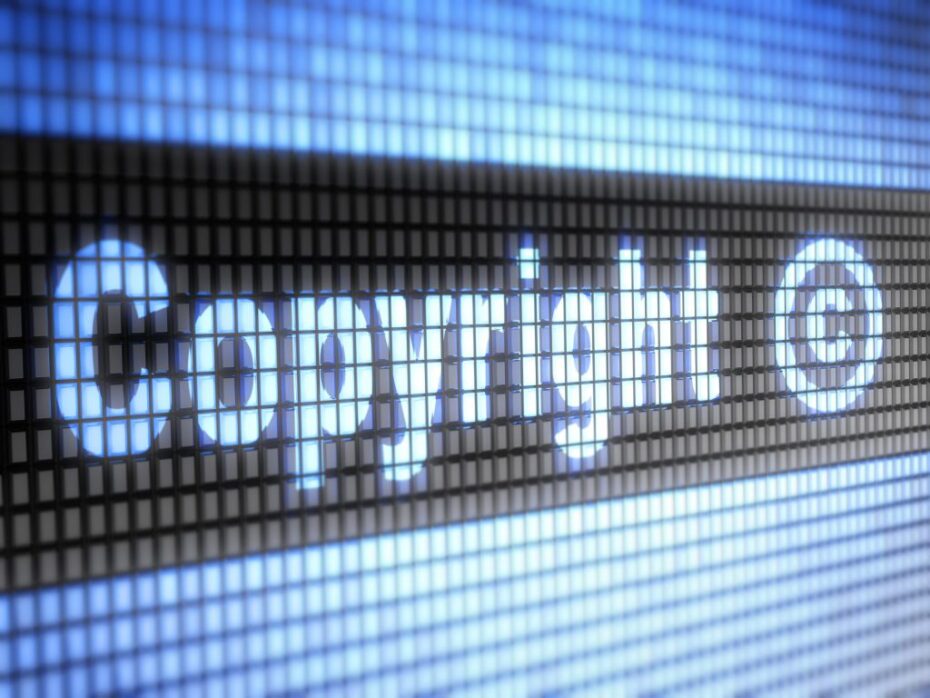Copyright laws can be incredibly complex to understand, especially when it comes to the differences between ’Fair Use’ and copyright infringement. This article will break down the fundamentals of copyright in digital media, creating clarity for those trying to understand the difference between these two concepts.
Introduction to Digital Copyright
The legal concept of copyright is essential in the digital age, in that it allows content creators to protect and claim ownership of their work, legally. Understanding digital copyright law and its implications is crucial for any business that uses digital media, as it aids in avoiding legal trouble such as copyright infringement.
In this article, we will discuss the concepts of fair use and copyright infringement:
- Fair Use: Fair use is basically an exception to copyright law, which allows use of copyrighted material by another without infringing on copyright ownership. Fair use is a defense for infringement claims, based on the idea that some usage of a copyrighted material should be allowed depending upon the circumstances.
- Copyright Infringement: Infringement is when someone uses another party’s copyrighted material without authorization, and violates the original copyright owner’s rights. It is illegal and can result in lawsuits or criminal charges.
We will also cover how to recognize fair use and infringement in digital copyright, as well as tips for avoiding digital copyright infringement.
Understanding Fair Use
Fair use is a doctrine in copyright law that allows limited use of copyrighted material without acquiring permission from the rights holders. It is an exception to the copyright law that, despite its general use, is highly case specific and prone to interpretation.
- Definition: Fair use is a doctrine in copyright law, allowing the use of copyrighted material without acquiring permission, under certain circumstances.
- Purpose: These are to promote broader public interest objectives such as education, creative activity, public access to information, and freedom of expression and opinion.
- Factors: When considering copyright infringement and fair use, courts tend to focus on four factors: purpose and character of the use, nature of the copyrighted work, amount and substantiality of the portion used, and the economic impact of the use.
When considering whether or not any given use is protected under fair use, these factors must be evaluated on a case-by-case basis. Factors like the age of the copyrighted work, the context in which it was used, and the impact of that use may also be taken into consideration. Although certain uses may appear to fall within the bounds of fair use, they may still be subject to copyright infringement depending on the weight given to each factor. Therefore, if the use is found to be infringing, the individual could face legal penalties and substantial damages.
Differentiating Fair Use and Copyright Infringement
This section will discuss the main differences between fair use and copyright infringement. It is important to note that the criteria for determining if an act is considered fair use or copyright infringement depends on the context.
- Fair Use: is when copyrighted material is used for purposes such as scholarship, research, criticism, or parody without violating the copyright. The four factors used to determine whether an act is considered fair use are: (1) the purpose of the use, (2) the nature of the work used, (3) how much of the work is used, and (4) the effect of the use on the potential market or value of the copyrighted work.
- Copyright Infringement: occurs when a person or organization uses a copyrighted material in a way that violates the copyright. This includes using a copyrighted work for commercial purposes, using large portions of a copyrighted work, or using the copyrighted material without permission from the copyright holder.
It is important to note that the criteria used to determine if an act is considered fair use or copyright infringement can vary depending on the context of the use. Ultimately, it is up to the copyright holder to decide if the use of their copyrighted material is considered fair use or copyright infringement.
Conclusion
In conclusion, understanding digital copyright entails knowing the difference between fair use and infringement. Fair use is the legal ability to use copyrighted material without permission or payment, whereas infringement is the illegal use of copyrighted works. This can result in legal repercussions and financial compensation for the copyright holder.
Recap:
- Fair use is the legal use of copyrighted material without permission or payment.
- Infringement is illegal use of copyrighted material and can result in legal repercussions and financial compensation for the copyright holder.
It is important to be aware and understand digital copyright law and the distinction between fair use and infringement when using digital content online. By understanding the differences, digital consumers are better equipped to make informed decisions and responsible use of digital content.
In conclusion, an understanding of digital copyright is an essential part of any current or emerging digital activity. Learning about fair use and infringement helps to ensure that the rights of the original author are respected, allowing new materials to be created and shared without fear of legal consequences.

Kristian Leeuwenhoek is a versatile author known for his compelling and insightful writing. With a flair for tech, lifestyle, and culture, he skillfully blends research with engaging narratives, providing readers with captivating and informative content.

